



A new technique, Magnetic Isolation and Concentration cryo-electron microscopy (MagIC), enables imaging of biological molecules in highly dilute samples. By attaching molecules to 50-nm magnetic beads and clumping them, MagIC allows analysis of samples 100x less concentrated. Combined with the DuSTER workflow, it enhances image clarity, requiring just 5 nanograms per grid.

Copyright infringement not intended
Picture Courtesy: THE HINDU
Context:
Researchers in the U.S. have developed, "Magnetic Isolation and Concentration cryo-electron microscopy" (MagIC), that overcomes a major limitation of the cryo-EM technique.
It is an imaging technique that allows scientists to see the three-dimensional (3D) shapes of biological molecules like proteins and viruses at near-atomic resolution. The development of cryo-EM was recognized with the 2017 Nobel Prize in Chemistry.
How does it work?
A sample containing the molecules is frozen to temperatures below -150°C, trapping it in a thin layer of non-crystalline, or "vitreous," ice. This preserves the molecules in their natural, hydrated state.
A powerful electron microscope then captures thousands of 2D images of the frozen molecules from different angles.
Advanced computer algorithms process these 2D projections to reconstruct a detailed 3D model.
Significance => Cryo-EM has transformed structural biology. It enables researchers to understand the function of complex molecular machinery, crucial for virology, cell biology, and drug discovery.
A major drawback of conventional cryo-EM is the need for highly concentrated and pure samples of the molecule of interest.
Many of the most critical biological molecules are naturally very rare or difficult to purify in large quantities. This makes them inaccessible to traditional cryo-EM analysis, creating a major bottleneck in research.
Researchers have developed a two-part solution to overcome the dilution problem, consisting of the MagIC method for sample preparation and the DuSTER workflow for data processing.
Magnetic Isolation and Concentration (MagIC)
This new method involves attaching the target molecules in a dilute sample to small, 50-nanometer magnetic beads. A magnet is then used to attract and clump these beads together on the microscope grid.
This process acts as an artificial concentrator, gathering the sparse molecules into a small, dense area. It allows scientists to get clear images from samples that are up to 100 times more dilute than previously possible, at concentrations below 0.0005 mg/ml.
Duplicated Selection To Exclude Rubbish (DuSTER)
Biological samples contain a lot of "noise" that can obscure the image of the target molecule. To solve this, the researchers developed a computational workflow called DuSTER.
DuSTER is a smart-filtering software. It analyzes the images and all background noise and irrelevant data are discarded.
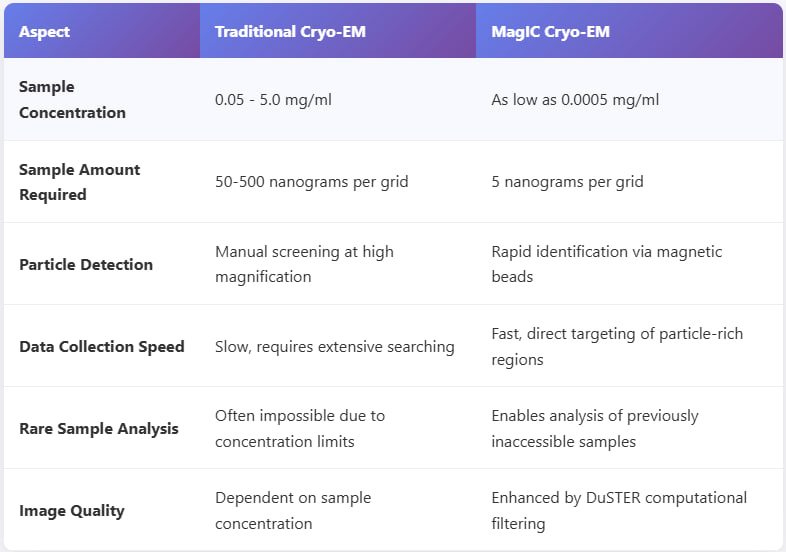 Source:
Source:
|
PRACTICE QUESTION Q. Which of the following is a common application of cryogenics in the food industry? A) Baking bread and pastries. B) Fermenting dairy products. C) Rapidly freezing food to preserve its quality. D) Dehydrating fruits and vegetables. Answer: C Explanation: Cryogenics is a food preservation technique that utilizes extremely low temperatures, often with liquid nitrogen or carbon dioxide, to freeze food products very quickly. |



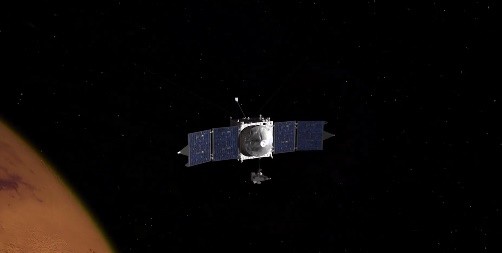
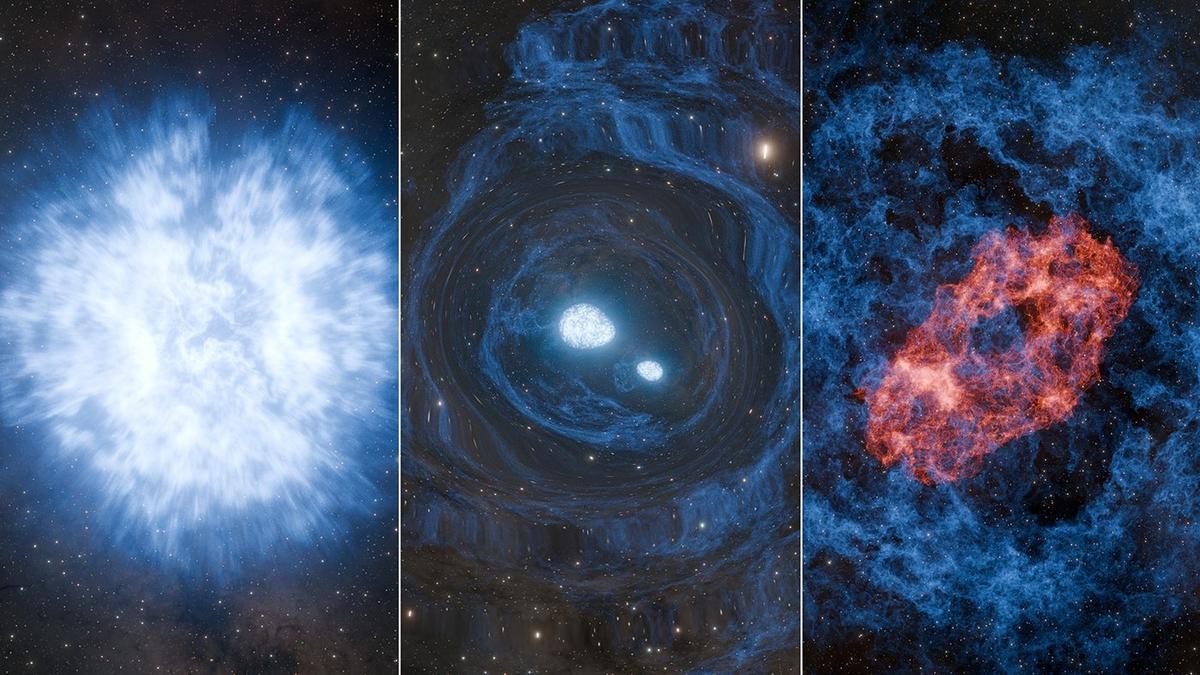
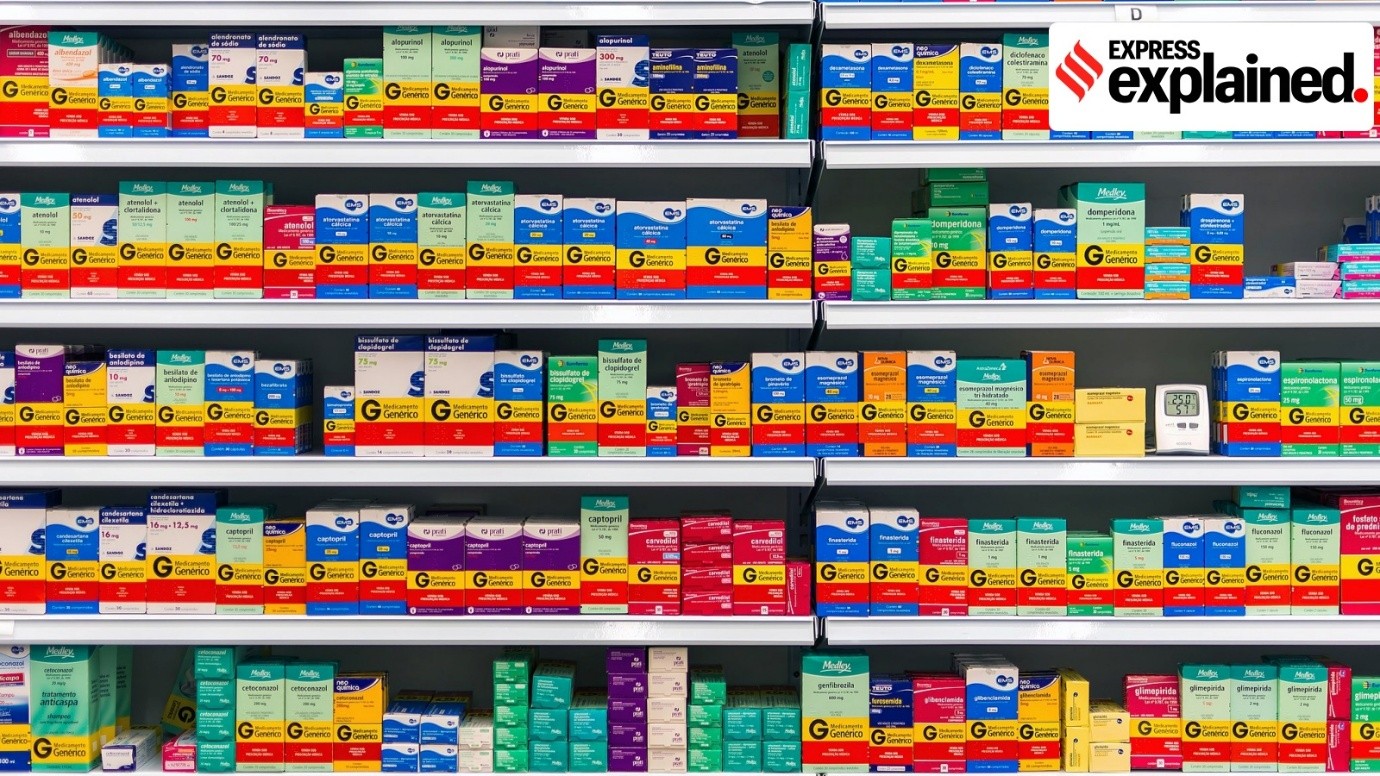
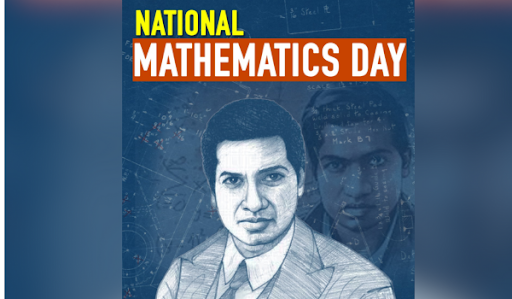


© 2026 iasgyan. All right reserved